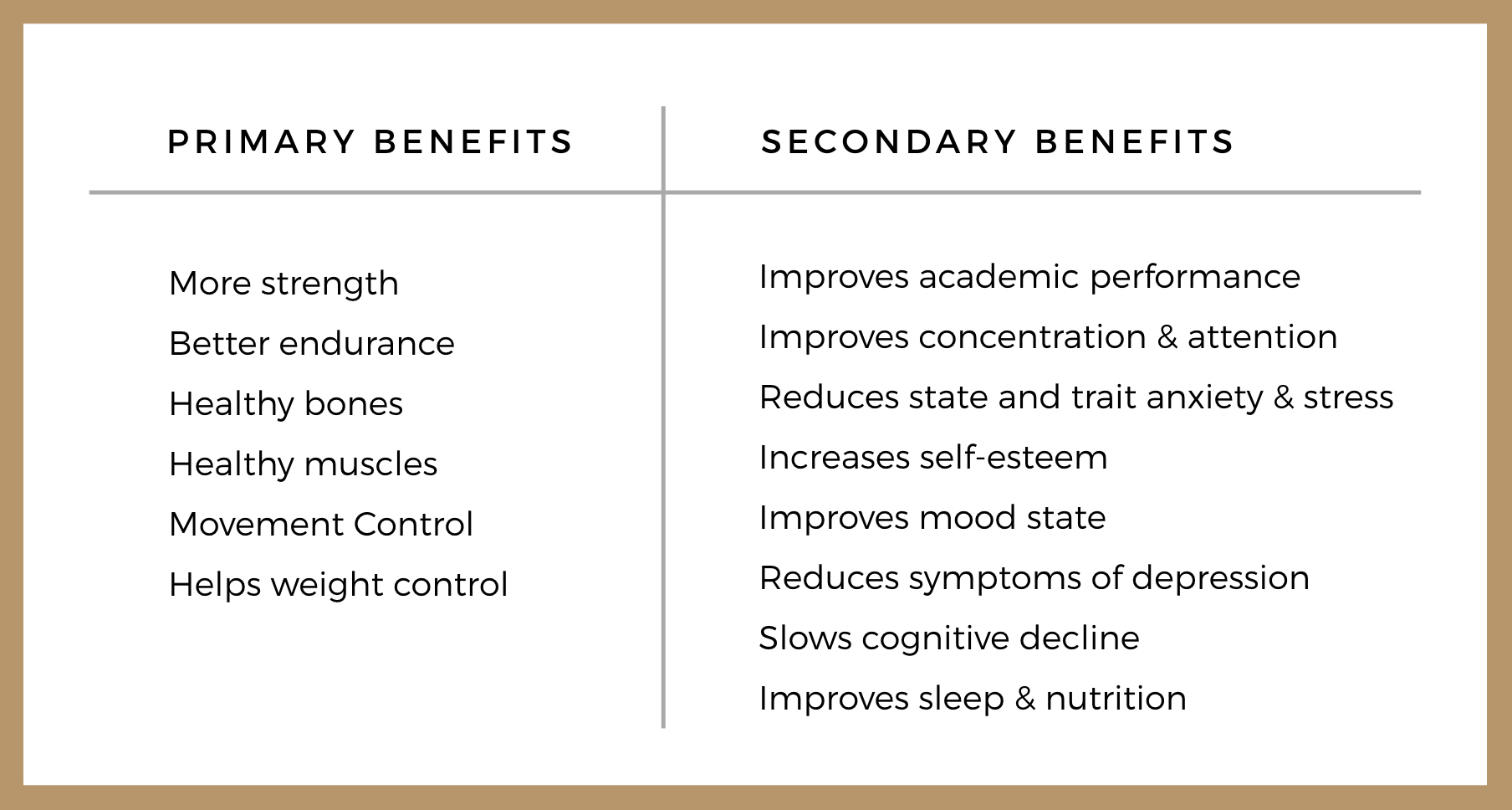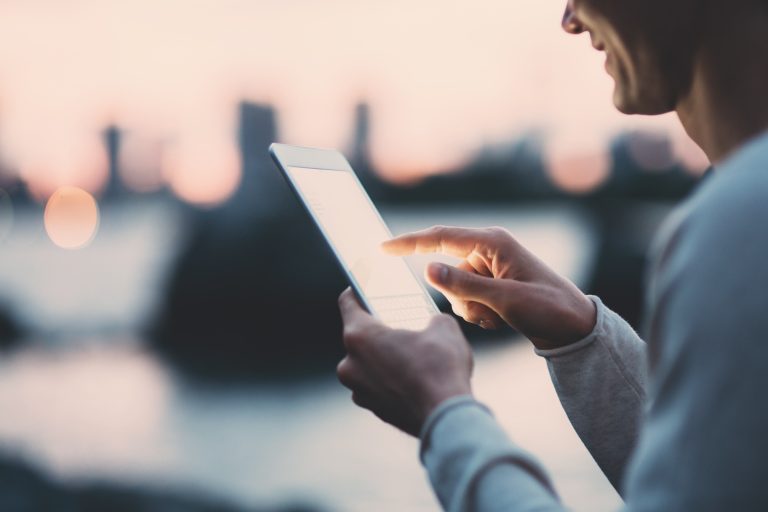3 Easy Steps to Improve Your Physical Activity This Year

“More haste, less speed” is a proverb that has been around for years, meaning if you try to do things too quickly, it will take you longer in the end. As we all know, this is very true in life, but also in physical activity. How many times have you sought to complete a project at home or work as fast as possible only to make mistakes and double the actual time it took?
Consistency is the key
Applying the above-mentioned proverb, it makes sense that if you try to achieve your results too quickly the chances of mistakes increase. This is where the idea of consistency comes in. At Hintsa consistency is one of our key principles when it comes to improving physical activity. If you look at the chart below – adapted from ‘Mastery’ by George Leonard – it is evident that consistency of effort over extended periods of time will lead to great results. As Dr Aki Hintsa once said, “No one is perfect, but every one of us can be a little better, one day at a time”.

How to create consistency in physical activity
Consistency is a word that is used in both the sporting and business context daily. For me, as a sports performance coach, I want to be able to give my athletes the best opportunity to express themselves in events and perform. In team sports, performance needs to be maintained during the season to equal success. Consistency comes from the late Latin consistentia, which is from consistent- meaning ‘standing firm’. So, how can you go about creating consistency and standing firm when it come to your physical activity?
1. Plan
Planning has been demonstrated to increase the chances of completing the intended behaviour and maintaining consistency (Schwarzer 1992 and Sniehotta et al. 2005). The planning should be focussed around S.M.A.R.T goals that you wish to achieve. Activities must be Achievable and Realistic. Achievability is important to ensure that you can complete the tasks set out. For example, your plan can be to go to the gym every day that week. But what if your work schedule is very busy with important meetings. This places pressure and therefore the goal might become unachievable. Is the goal realistic? Can it be done? If so, what skills do you need to improve? If the goals are unachievable and unrealistic, you will easily become frustrated and lose the commitment.
Hence, taking some time at the start of the week to prepare as much as possible for your physical activity is literally the first step in ensuring a great dose of the movement medicine.
2. Everything counts
This is the idea that any type of physical activity counts in improving your life. From the table below you can see some of the benefits.

We at Hintsa believe that movement is medicine. Therefore, any extra movement during the day will help. The highly researched “10,000 steps per day” rule is linked to improving an individual’s health and reducing the risk of major diseases. Simply walking or biking to work will help. Proposing to colleagues that you have walking meetings once or twice a week as a group can be another excellent way to increase everyone’s physical activity.
The major advice is this: if you don’t need to sit down to complete a task, then don’t. Sitting for extended periods of time is seriously bad for our health. The latest evidence suggests that “sitting is the new smoking”, as in 2010 Patel et al. found that men and women who sat more than six hours a day died earlier than their counterparts who limited sitting time to 3 hours a day or less. An important note to add is the fact that extended periods of time spent sitting cannot be compensated by occasional physical activity. Meaning that sitting at your desk for 7 hours cannot be undone by heading to the gym or out for a run. Therefore, could you look to invest in an adjustable standing desk at work?
3. Review
Naturally in some days achieving the 10,000 steps is impossible, due to travelling, important meetings, or life, but that is ok. One of the biggest tasks that I suggest clients and athletes undertake is looking back over their week and reflecting and analysing what went well and what could be improved on. For example, have you completed 70,000 steps in the week? If not, firstly why, and secondly, what can you do the following week to make this goal achievable? This is where the use of wearable technology has helped, as it gives you instant feedback on your performance during the day. For example, if one day only 5,000 steps were possible, could you actively increase your steps the next day, to 15,000, or 12,500 steps over the next two days.
To support this, sports science research has shown that an undulation in the daily/weekly amounts of physical activity is highly effective in increasing the performance of athletes, whereby athletes would complete high amounts of training one day followed by lower amounts of training the next. It must be pointed out that, similar to an athletes’ schedule, we cannot force all our physical activity into too small a timeframe as this has been shown in the research to increase the risk of injury (Malone et al. 2016).
True success is not a one off-peak achievement
Hopefully by understanding and applying the simple proverb “more haste less speed” when it comes to physical activity, you will improve your consistency and therefore continue moving along the mastery curve, reaching your goals and a better life and performance.
As Dr Hintsa often used to say: “True success is not one off-peak achievement. It’s about doing small things consistently well.” The same applies whether you are aiming to improve your physical activity, or assembling legos.
References:
Leonard, G. (1992). Mastery: The keys to success and long-term fulfillment. Penguin.
Malone, S., Roe, M., Doran, D. A., Gabbett, T. J., & Collins, K. D. (2016). Aerobic fitness and playing experience protect against spikes in workload: the role of the acute: chronic workload ratio on injury risk in elite Gaelic football. International Journal of Sports Physiology and Performance, 1-25.
Patel, A. V., Bernstein, L., Deka, A., Feigelson, H. S., Campbell, P. T., Gapstur, S. M., & Thun, M. J. (2010). Leisure time spent sitting in relation to total mortality in a prospective cohort of US adults. American journal of epidemiology, 172(4), 419-429.
Schwarzer, R. (1992). Self-efficacy in the adoption and maintenance of health behaviors: Theoretical approaches and a new model. In R. Schwarzer (Ed.), Self-efficacy: Thought control of action (pp. 217-242). Washington, DC: Hemisphere.
Sniehotta, F. F., Schwarzer, R., Scholz, U., & Schüz, B. (2005). Action planning and coping planning for long‐term lifestyle change: theory and assessment. European Journal of Social Psychology, 35(4), 565-576.

Read previous
The Real Risk of Automation: Boredom

Contact
